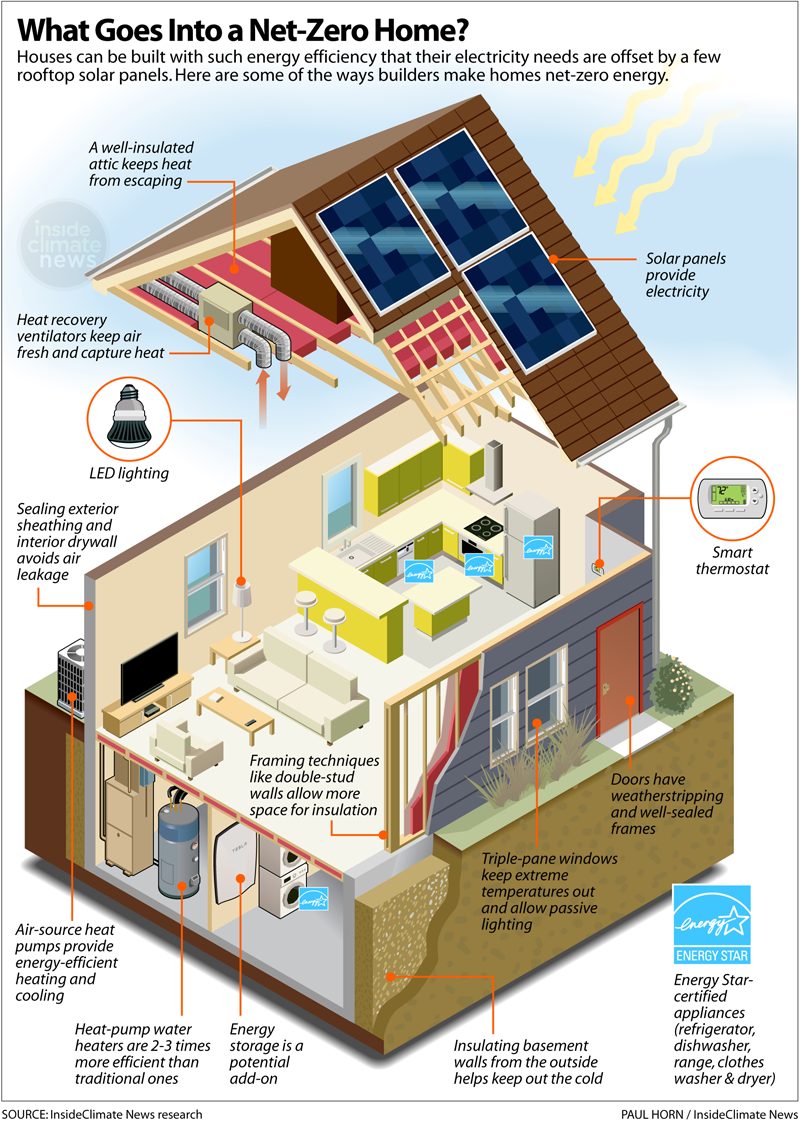Environmental Impacts of Using Reclaimed Rigid Foam Insulation
The environmental benefits of using reclaimed rigid foam insulation are significant:
- Conservation of a non-renewable, petroleum based product
- Avoids the pollution created by the production of new insulation
- Avoids the pollution created if the once-used insulation had been disposed
- Avoids the pollution created by the production and use of energy that was not needed because of efficient insulating
Direct substitution of reclaimed materials for new in any construction or building work will radically reduce the overall environmental impact of that particular item. It removes the need to extract more raw materials and it largely removes the need for processing and manufacture. Transportation impacts are usually reduced too as reclaimed materials tend to be sourced locally (although not always).
Insulation and Climate Change
The release of CO2 from the combustion of carbon fuels is a primary driver of global warming and climate change. In addition, the release of methane, nitrous oxide and fluorinated gases play a major role. These materials all have a high global warming potential (GWP).
Carbon emissions are created at each step in the lifecycle of most products starting with raw material extraction, manufacturing, transportation and end of life management. The “embodied carbon” of a product is used as a measure of it impact. New rigid foam insulations are higher in embodied carbon than non-petroleum based insulations. However, reclaimed rigid foam compares very well to non-petroleum insulations because it avoids the impacts associated with extraction and manufacturing that come with buying a new product.
Blowing Agents
The principal blowing agent used to manufacture new extruded polystyrene insulation in North America is a hydrofluorocarbon (HFC). Unfortunately, HFC’s can have a very high global warming potential up to 1,400 times greater than C02. An alternative agent under evaluation is hydrofluoroolefin (HFO) which has a global warming potential of 1, or equal to C02. To date, none of the trials of HFO have established a cost effective method to replace HFC’s.
In order to mitigate the impact of certain HFCs, USEPA regulations established a January 1, 2021 deadline to phase out HFC134a from XPS insulation products in the US. However, in June 2020 USEPA issued a reprieve giving manufacturers more time to meet this standard. One major manufacturer states that despite 5 years of trials they cannot find a cost effective way to phase out HFC134a and still meet the RValue and performance standards expected of their products. Instead, they are moving forward to use a new blend that includes HFC134a but is expected to reduce the global warming potential by nearly half to 750.
Another manufacturer states they are prepared to meet the January 1, 2021 deadline and will be utilizing a new blowing agent blend with a global warming potential of 150.
Learn More: Green Building Advisor https://www.greenbuildingadvisor.com/article/insulation-makers-win-epa-reprieve

